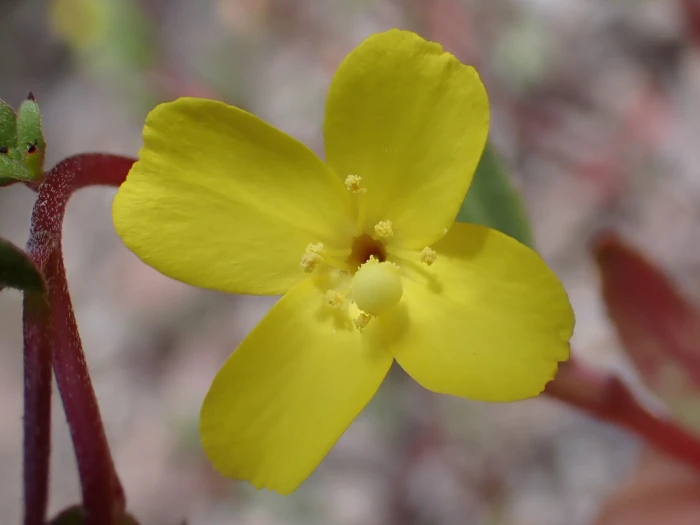Evening Primrose
(Camissoniopsis ignota)
Evening Primrose (Camissoniopsis ignota)
/
/

© Chloe and Trevor Van Loon
CC BY 4.0
Image By:
© Chloe and Trevor Van Loon
Recorded By:
Copyright:
CC BY 4.0
Copyright Notice:
Photo by: © Chloe and Trevor Van Loon | License Type: CC BY 4.0 | License URL: http://creativecommons.org/licenses/by/4.0/ | Uploader: chloe_and_trevor | Publisher: iNaturalist |


















Estimated Native Range
Climate Requirements for A Coruña, Spain
| This Plant | Your Site | Plant Suitability for Your Location | ||
|---|---|---|---|---|
| • Precipitation | 5" - 37" | 39" | Aquatic | Aquatic |
| • High Temp. | 75°F - 109°F | 74°F | OK, but your summers are milder than normal for this plant | OK |
| • Low Temp. | 24°F - 48°F | 45°F | Your winter temperatures are normal for this plant | Excellent |
This plant may not grow well at your location - your precipitation is too high.
Summary
Camissoniopsis ignota, commonly known as the Evening Primrose, is a perennial herb native to the deserts of California, specifically thriving in sandy or gravelly areas such as washes and slopes. It is adapted to arid environments and is often found in the Mojave and Sonoran Deserts. This plant typically grows low to the ground and can spread to form mats. The yellow flowers, which bloom in the spring, are small but numerous, creating a bright display against the green foliage. Evening Primrose is particularly noted for its drought tolerance and ability to thrive in poor, infertile soils.
In cultivation, Camissoniopsis ignota is valued for its resilience and low maintenance, making it an excellent choice for rock gardens, xeriscaping, and other water-wise landscapes. It requires full sun exposure to flourish and prefers fast-draining sandy soils, with minimal water once established, reflecting its desert origins. While it is not commonly found in nurseries, it can be grown from seed and is a good choice for gardeners looking to create a natural desert garden. It has no significant disease or pest problems, but gardeners should be cautious not to overwater, as this can lead to root rot.CC BY-SA 4.0
In cultivation, Camissoniopsis ignota is valued for its resilience and low maintenance, making it an excellent choice for rock gardens, xeriscaping, and other water-wise landscapes. It requires full sun exposure to flourish and prefers fast-draining sandy soils, with minimal water once established, reflecting its desert origins. While it is not commonly found in nurseries, it can be grown from seed and is a good choice for gardeners looking to create a natural desert garden. It has no significant disease or pest problems, but gardeners should be cautious not to overwater, as this can lead to root rot.CC BY-SA 4.0
Plant Description
- Plant Type: Herb
- Height: 0.5-1 feet
- Width: 0.5-1 feet
- Growth Rate: Moderate
- Flower Color: Yellow
- Flowering Season: Spring
- Leaf Retention:
Growth Requirements
- Sun: Full Sun
- Water: Low
- Drainage: Fast
Common Uses
Drought Tolerant, Low Maintenance
Natural Habitat
Native to sandy or gravelly areas such as washes and slopes in the Mojave and Sonoran Deserts of California
Other Names
Common Names:
Scientific Names: Camissoniopsis ignota, Camissonia ignota, Oenothera hirta var. ignota, Oenothera ignota, Oenothera micrantha var. ignota
GBIF Accepted Name: Camissoniopsis ignota